School in the 1950s and ’60s was a world unto itself, full of rules and customs that might seem absurd by today’s standards. Back then, discipline was king, and conformity was expected in nearly every aspect of student life. Rules governed everything from what students wore to how they behaved, often reflecting the rigid societal norms of the era. Looking back, some of these rules seem downright strange—if not completely outdated. Let’s take a nostalgic journey through 13 of the oddest school rules from that time and why they feel so out of place now.
1. Girls Couldn’t Wear Pants
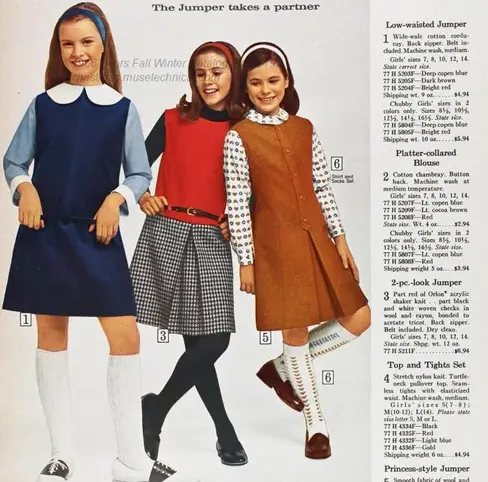
In the ’50s and ’60s, dress codes for girls were strictly enforced, and pants were considered a major no-no. Dresses and skirts were mandatory, often with specific requirements about their length—usually no more than an inch above the knee. Even in winter, when freezing temperatures made skirts impractical, girls were expected to wear tights or knee socks rather than opt for the warmth of slacks.
The rule wasn’t just about appearances; it reflected the gender norms of the time, which placed a heavy emphasis on traditional femininity. Today, this rule feels not only outdated but also impractical and unfair. The idea that a student’s clothing choice should be dictated by their gender seems ridiculous now, but back then, it was just another part of daily life.
2. Boys Had to Keep Their Hair Short
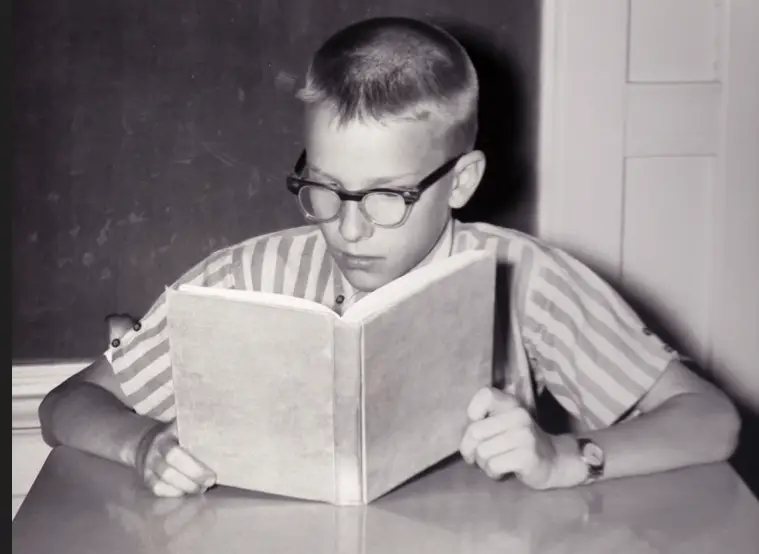
For boys, the opposite problem existed: their hair had to stay neatly trimmed, usually above the ears and collar. Long hair was seen as rebellious, messy, or even un-American, particularly as the counterculture movement of the ’60s began to take shape. Some schools went as far as measuring hair length with a ruler, and boys who didn’t comply could face detention or even suspension.
This strict rule often led to arguments between students and school authorities, especially as hairstyles like the mop-top became popular thanks to bands like The Beatles. Today, the idea of enforcing a specific hair length seems absurd, especially in an era that celebrates individuality and self-expression. But in the ’50s and ’60s, short hair was non-negotiable.
3. Mandatory Standing for the National Anthem and Prayer
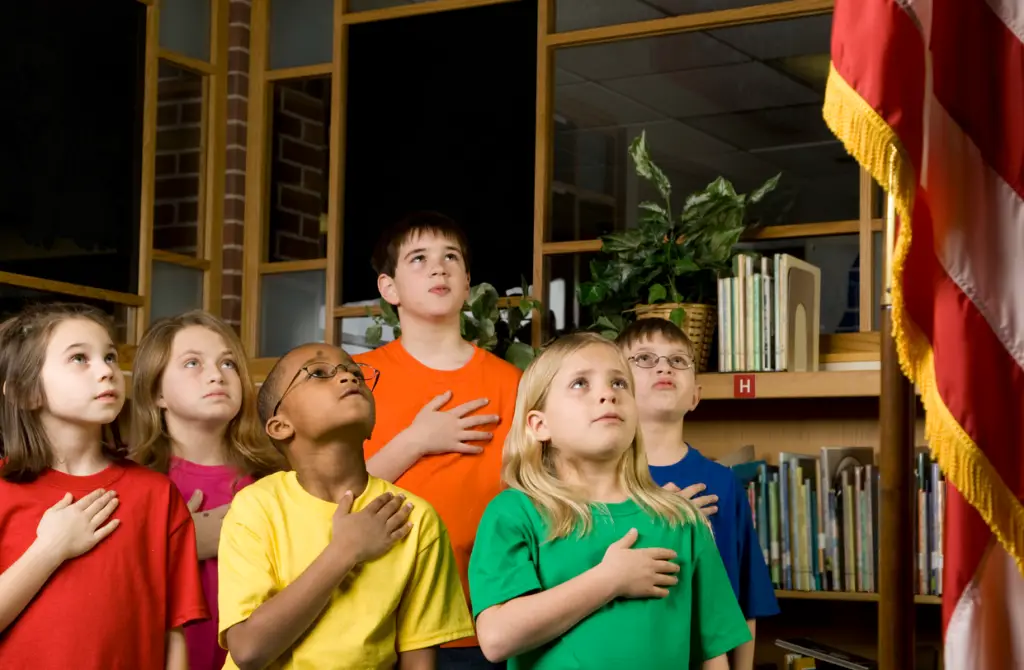
Every school day in the ’50s and ’60s began with the national anthem, the Pledge of Allegiance, and often a prayer. Participation wasn’t optional, and students were expected to stand at attention with their hands over their hearts. Those who refused could be punished or labeled as disrespectful, even if their reasons were personal or religious.
The inclusion of prayer in public schools became a contentious issue in the ’60s, eventually leading to the Supreme Court ruling that struck it down in 1962. Looking back, this rule seems like a violation of individual rights, but at the time, it was seen as a way to instill patriotism and moral values in students.
4. No Left-Handed Writing Allowed

Left-handed students often had a tough time in schools during the ’50s and ’60s. Teachers would force them to write with their right hand, claiming that left-handedness was improper, unnatural, or even a sign of rebellion. Some students were even subjected to physical punishment if they continued to use their left hand.
This rule stemmed from outdated beliefs about conformity and superstition, but it caused countless kids to struggle unnecessarily with their handwriting and learning. Today, the idea of penalizing a child for their natural hand preference seems absurd, but it was a common practice in mid-century classrooms.
5. Strict Rules About Gum Chewing

Chewing gum was seen as one of the ultimate offenses in the ’50s and ’60s, and schools had strict rules against it. Teachers considered gum-chewing a sign of disrespect and a distraction, and students caught with it were often punished with detention or made to scrape gum off the underside of desks as a form of public humiliation.
While it’s true that gum can be messy, the level of outrage it provoked seems exaggerated in hindsight. Today, most schools either allow it or simply ask students to dispose of it properly. Back then, though, chewing gum in class was treated like a major act of rebellion.
6. Girls Were Required to Take Home Economics
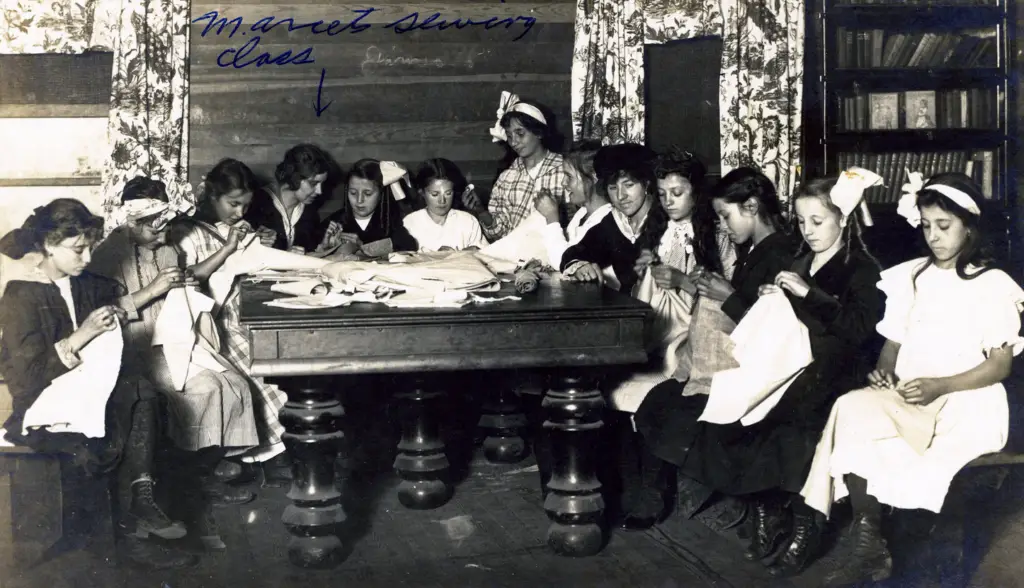
In the ’50s and ’60s, home economics classes were mandatory for girls, while boys took shop class. The assumption was that girls needed to learn how to cook, sew, and care for a household, while boys were trained in woodworking and mechanical skills. These rules reinforced traditional gender roles and left little room for students to explore interests outside of these expectations.
For many girls, home economics felt limiting, especially if they were more interested in the sciences or other academic pursuits. Today, such rigidly gendered class requirements would be considered discriminatory, but at the time, they were simply seen as preparation for adult life.
7. Silence in the Hallways
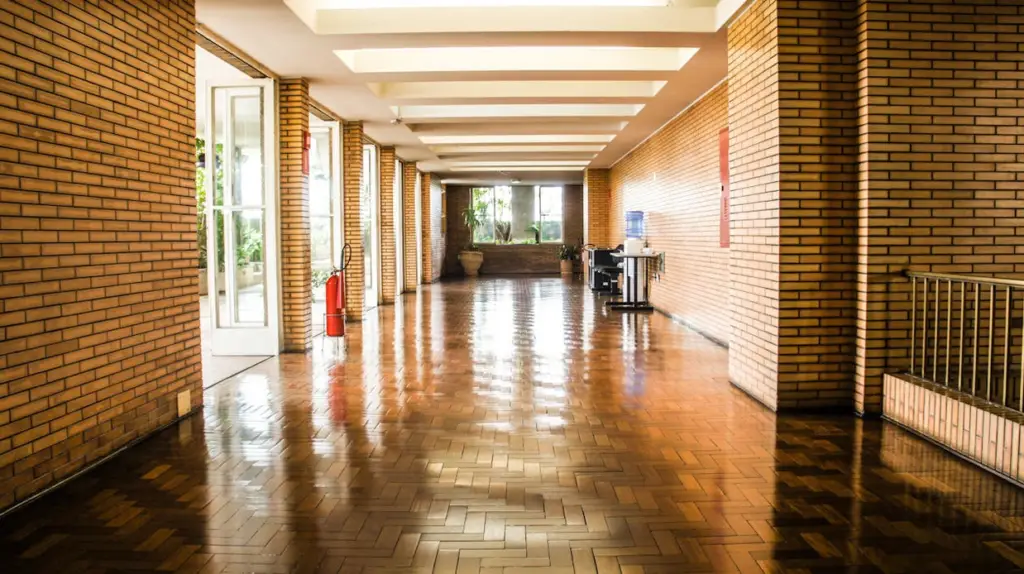
During the ’50s and ’60s, silence in the hallways wasn’t just encouraged—it was enforced. Students were expected to walk single file and refrain from talking, laughing, or even making noise with their shoes. This rule was meant to maintain order, but it often felt overly strict, especially for kids who naturally wanted to socialize between classes.
Teachers or hall monitors would patrol the corridors, ready to call out or punish anyone who dared to break the silence. Today, schools still value order, but the idea of complete silence seems unnecessary and stifling. Back then, though, it was just another way to ensure students stayed in line.
8. Strict Rules Against Talking in Class

In the ’50s and ’60s, talking in class was seen as a major infraction, regardless of the context. Even whispering to a friend could earn you a stern reprimand, detention, or worse. The focus was entirely on obedience and discipline, and students were expected to remain quiet unless called upon by the teacher. Collaborative learning or group projects, which are common in classrooms today, were practically unheard of.
For kids who naturally wanted to share ideas or help each other out, this rule felt stifling. It also discouraged the kind of active participation that many educators now see as crucial to learning. Looking back, it’s clear that these strict policies prioritized control over creativity, which is why they seem so out of place in today’s educational landscape.
9. Assigned Seating for Lunch

Even lunch wasn’t a time for freedom in many schools during the ’50s and ’60s. Students were often assigned specific seats in the cafeteria, with no option to sit with friends. The goal was to maintain order and prevent cliques from forming, but it also took away one of the few chances kids had to socialize freely during the day.
For many students, these seating arrangements felt isolating and unfair, especially if they were placed next to someone they didn’t get along with. Today, lunchrooms are usually a more relaxed environment where kids can choose their own seats. The idea of assigned seating seems overly controlling in hindsight, but at the time, it was just another way to keep things orderly.
10. No Talking Back to Teachers

In the mid-20th century, “talking back” to a teacher was a serious offense that could result in severe punishment. Even questioning a teacher’s decision or asking for clarification in the wrong tone could be interpreted as disrespect. Teachers were seen as unquestionable authorities, and students were expected to obey without hesitation.
While respect for teachers is still important today, modern classrooms often encourage open dialogue and critical thinking. The rigid enforcement of this rule in the ’50s and ’60s stifled curiosity and made students hesitant to speak up. Looking back, it’s easy to see how this approach could hinder a child’s confidence and ability to advocate for themselves.
11. Girls Couldn’t Run or Play Rough

Playtime wasn’t exactly equal for boys and girls in the ’50s and ’60s. While boys were encouraged to run, climb, and play sports, girls were often discouraged from engaging in rough-and-tumble activities. Teachers and administrators believed that such behavior wasn’t “ladylike” and could lead to injuries that would supposedly harm their future prospects, like marriage or motherhood.
This rule not only limited girls’ opportunities to stay active but also reinforced harmful stereotypes about gender roles. Today, kids of all genders are encouraged to play and participate in sports, making this outdated rule seem downright ridiculous. For those who grew up with it, though, it’s a reminder of just how far we’ve come.
12. Daily Inspections of Personal Appearance
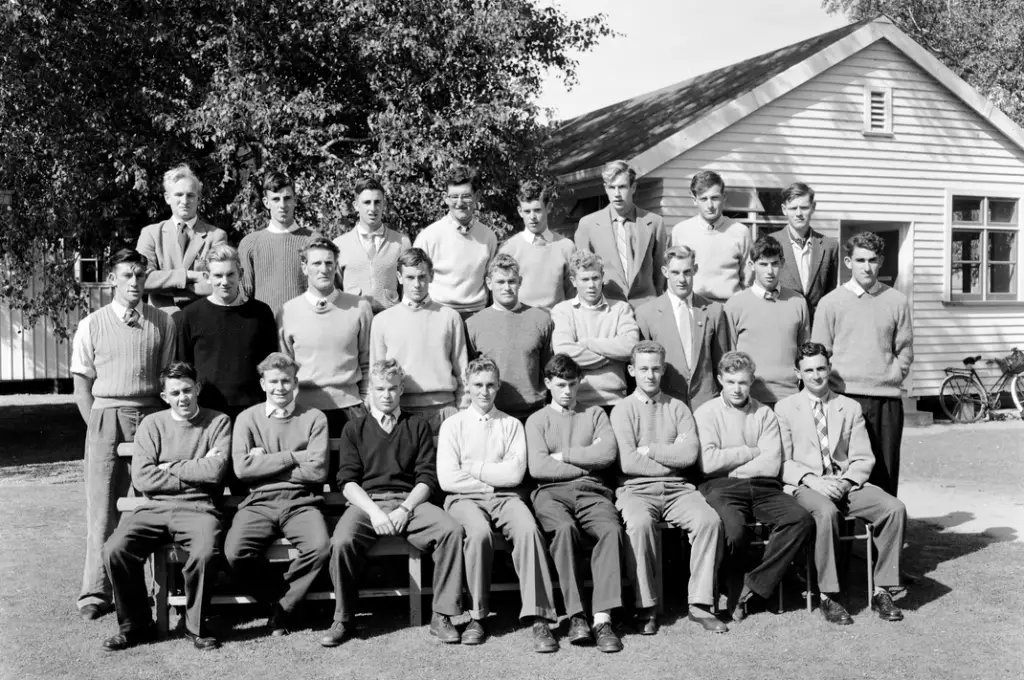
In many schools during the ’50s and ’60s, students’ appearances were subject to daily inspections. Teachers would check that boys’ shirts were tucked in, girls’ skirts were the right length, and everyone’s hair was neat and tidy. Any deviation from the expected standard could result in a reprimand or even a phone call to the parents.
While the goal was to promote discipline and respectability, these inspections often felt invasive and unfair, particularly for kids who couldn’t afford new clothes or trendy hairstyles. Today, schools still have dress codes, but the rigid enforcement of appearance standards feels like a relic of a more conformist era. For those who experienced it, these inspections were a daily reminder of how much conformity was valued.
13. Corporal Punishment

Perhaps the most infamous rule of the ’50s and ’60s was the widespread use of corporal punishment in schools. Teachers and principals had the authority to administer physical discipline, such as paddling or spanking, for a wide range of infractions. This was seen as an effective way to maintain order and instill discipline, but it often crossed the line into abuse.
For many students, the fear of physical punishment created an atmosphere of anxiety rather than learning. Thankfully, corporal punishment has been banned in most schools today, replaced by more constructive disciplinary methods. Looking back, this rule feels not just ridiculous but also deeply troubling, highlighting how much attitudes toward discipline have changed.
The rules that governed schools in the ’50s and ’60s were a reflection of a society that valued discipline, order, and conformity above all else. While some of these rules might provoke laughter today, others serve as a stark reminder of how much times have changed. For those who lived through this era, these strange school rules were just part of growing up—but they certainly make for fascinating memories now.


